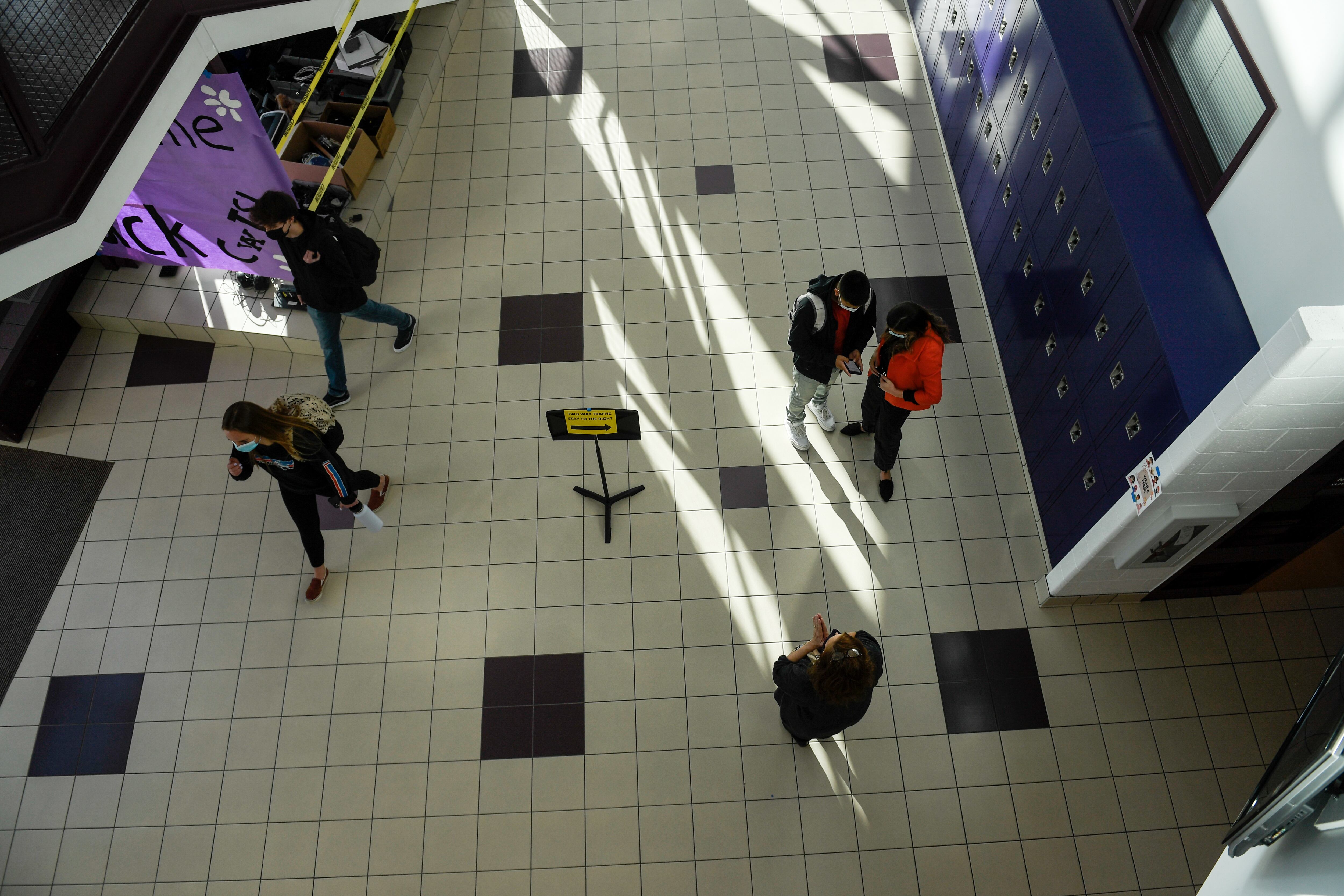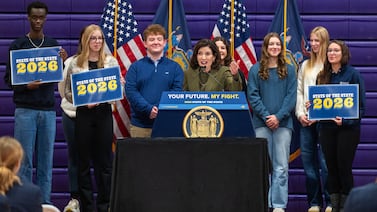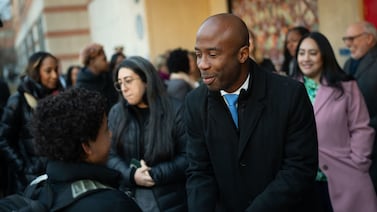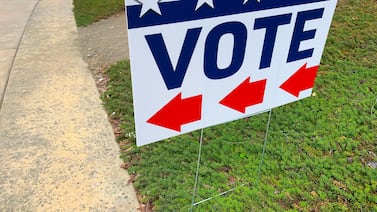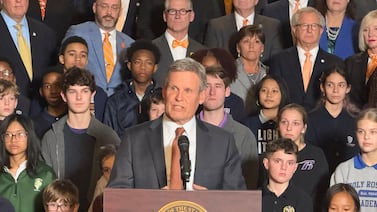With the school year more than half over, some educators and students where school remains virtual are coming to grips with a sobering prospect: high schoolers may not return to buildings this school year.
Nearly two-thirds of the nation’s students from kindergarten to fifth grade have the option of some in-person learning, according to a recent estimate by the website Burbio. Only around half of high school students have that option. And while a few places, including Denver, are bringing high schoolers back now, those tracking school reopening plans say they don’t see evidence that the divide will close anytime soon.
In some big cities where younger students are scheduled to return in the coming weeks, like Chicago and Philadelphia, there is no timeline yet for high school students. Others, like Atlanta, have pushed back return dates for older students. President Biden’s goal to reopen most school buildings by the end of April, meanwhile, includes only elementary and middle schools.
“High schoolers, they’re at the back of the line,” said Burbio’s co-founder Dennis Roche, “and the closer you get to the end of the year, it starts to feel like a very long line.”
Officials nationwide have encouraged school districts to focus on bringing back their youngest students. Crucially, children are less likely to experience COVID symptoms or get seriously ill. Younger children also need more supervision and are less able to learn online even under ideal conditions.
Meanwhile, many teachers and their unions remain wary of returning to buildings. In some places, that hesitancy is shared by district leaders and many parents. Those concerns, and record high case numbers through much of the fall and winter, have delayed school reopenings.
“Given the needs of our youngest learners and of our learners with special needs, it was important to start there,” said Randi Weingarten, the head of the American Federation of Teachers. “Parents are not wrong about the social isolation, but we can’t make educators expendable because of these deep frustrations with the pandemic.”
All told, that means high school students are facing even more uncertainty than younger ones. And though a lot could change in the coming weeks, particularly if the pace of vaccine distribution increases, some educators and students have started to plan for a school year without in-person learning — and grapple with the academic and emotional consequences for teenagers.
Many older students also need extra support applying to college or making post-graduation plans. Others have only a short window to earn credits or pass exams necessary to earn their diploma. And many are struggling with social isolation, prompting some school officials to dial up their mental health services and do more to identify students in crisis.
In Chicago, where there is no set date yet for high schoolers to return, parent Yvette Torres is growing increasingly worried that her ninth grader, who’s struggled with remote learning, won’t return this school year.
Her son, who has attention deficit hyperactivity disorder, has trouble staying on task. His special education plan entitles him to extra breaks and help with organization, but he hasn’t gotten either as often virtually. An advocate at his school is helping, but he’s still getting failing grades. “His anxiety is through the roof,” Torres said. “He just feels lost.”
Another layer of frustration is that Torres’ twins in first grade are preparing for a scheduled return to school next week — though that’s still up in the air as Chicago school officials continue to negotiate with the teachers union. When her ninth grader recently saw his siblings practicing wearing their masks with their teachers, he started to cry.
She continues to tell him that his situation is temporary, but she also doesn’t “want to get his hopes up.”
“I feel like I’m running out of things to say to him,” she said.
Just south of Atlanta in Clayton County, Georgia, schools are still virtual as officials wait for COVID case numbers to fall. There’s no return date set yet, but the district’s plan is to bring back students from kindergarten to second grade first, followed by sixth and ninth graders. Students in grades 10-12 would return last.
Superintendent Morcease Beasley is hoping to get everyone back before the year ends, and he thinks COVID vaccines will help. But the prospect that high schoolers won’t be able to return, he said, is “a real concern.”
Beasley has asked principals to start planning how they might hold “appreciation events” for high schoolers if they don’t make it back into buildings this year, either virtually or outdoors with social distancing.
“Whether they’re drive-by events or outside events, we’re just trying to figure out a way to give kids the opportunity to come together to celebrate,” he said.
For Brandon Archer, a senior in Philadelphia, it’s sinking in that he may not get to attend prom or graduation in person. Officials there are planning to reopen schools for students in pre-kindergarten to second grade in late February, but there’s no date for older students yet.
That’s OK with Archer, who remains worried about the risk of students bringing the virus home to their families. Until the vaccine is more widely available, “We should not rush this,” he said at a student roundtable this week.
Other students are more anxious to return. And with so much uncertainty, some say districts need to continue to improve both the academic and social experience of attending remotely.
If it’s not possible to bring back all high schoolers, “maybe there are small groups of high schoolers who can be brought back safely … and then let’s use our time with them in classrooms really strategically to zero in on the critical skills and content that they need,” said Robin Lake, who directs the Center on Reinventing Public Education, which is tracking school reopening plans.
Many districts have found ways to hold outdoor, socially distanced activities to build community and boost engagement, Lake noted, which can be especially important for students who are feeling isolated.
School districts could also ramp up summer programming — and let students know soon, so they have something to look forward to. Weingarten says she wants to see this summer used not just for remediation for a few, but added options for all students.
“Let’s assume for a second we’re going to have vaccine readiness, vaccine availability. Kids need to not be socially isolated,” she said. “It is about how we help kids get their mojo back.”
In Clayton County, district officials are considering starting next year early. They think students won’t mind a shorter summer break.
“People are probably ready to come back to school, even if they have to come back during the summer,” Beasley said. “If that means it bleeds into the start of the next school year, then so be it.”
Johann Calhoun contributed reporting.

